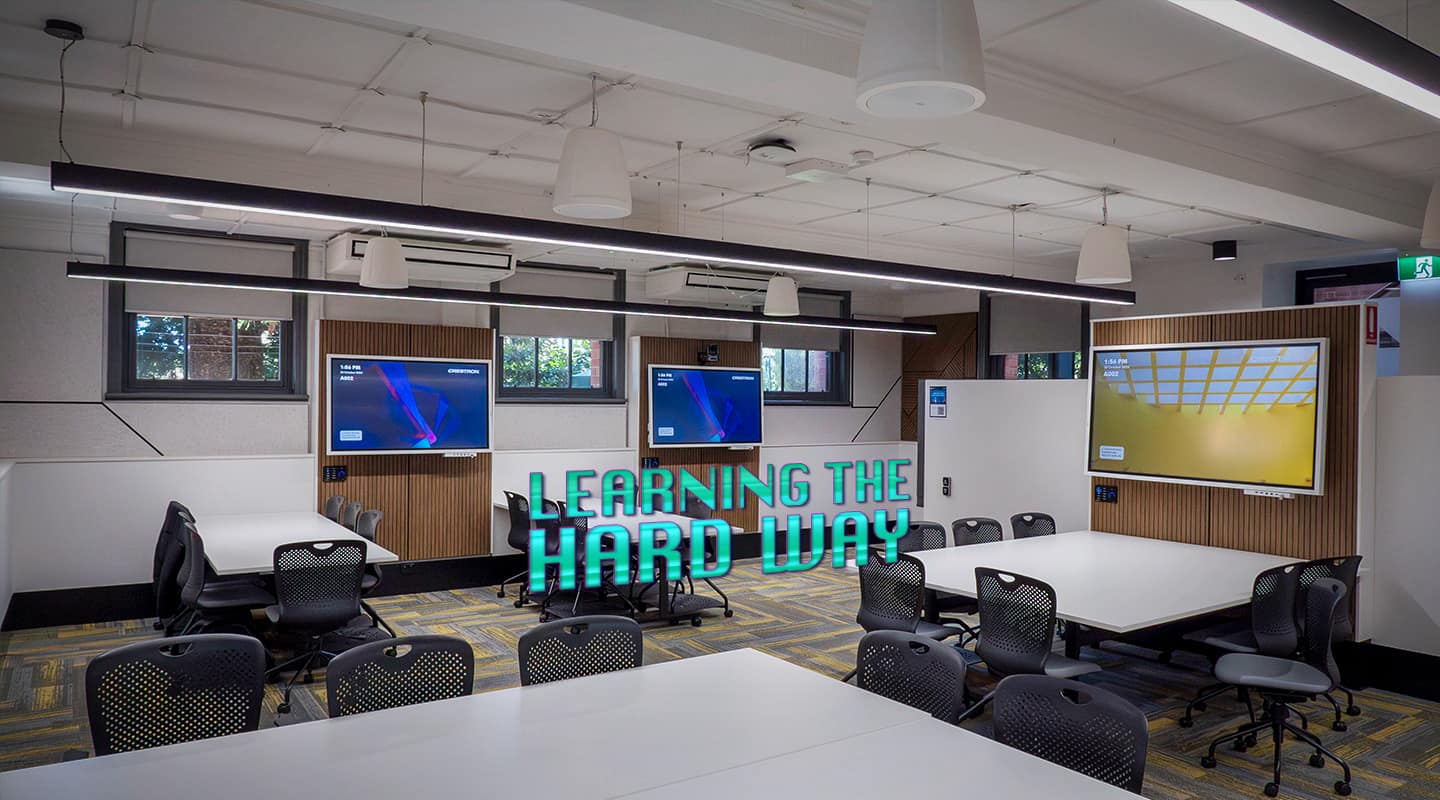
AV Case Study: Federation University
How Federation University did the hard yards and took connected classroom innovation to scale.
For Amit Suyan, Federation University’s AV Team Leader, the vision of connected classrooms wasn’t just about catching up with the times — it was about creating a sustainable, scalable AV infrastructure for a seamless hybrid learning experience. With Microsoft Teams at the core, Suyan and his team embarked on a mission to unify the university’s disparate classrooms and campuses under a single, reliable AV ecosystem. But before diving into new tech or flashy features, Suyan knew the project had to start with something much simpler: understanding the ‘lay of the land’.
“When I joined Federation Uni in 2019,” Suyan recalls, “the biggest challenge was understanding the organisation, the existing processes, and what components were already in place. Without knowing that, you can’t make informed decisions.” The first few months were spent cataloging classrooms, auditing equipment, and diagnosing recurring issues from the university’s help desk tickets. “Without understanding the pain points, you can’t plan for the future. It’s crucial to understand past issues, even if you don’t want to repeat them.”
The findings were revealing. Inconsistent tech setups across campuses made supporting remote learning a logistical nightmare. From user-specific problems to hardware and software mismatches, the landscape was ripe for a holistic overhaul.
SCALABLE AV FRAMEWORK
With a comprehensive understanding of the existing issues, Suyan turned his attention to creating a roadmap. Three primary goals shaped the project: establishing a stable, reliable system; maintaining budgetary limits; and creating a solution that could be scaled to hundreds of rooms across the university.
“We wanted a consistent user experience that would support all campuses,” he says. “The key was standardisation.” To achieve this, Suyan set out to prototype and test AV setups rigorously. “Prototyping was essential. Even small things like configuration nuances can affect performance,” he explains. The team’s prototypes went through a month or more of real-world testing, providing valuable insights on everything from equipment compatibility to programming consistency.
“I’ve found five days of testing is often insufficient. Real-world behaviour needs time to manifest,” Suyan emphasises. These extensive trials allowed Federation University to fine-tune hardware and programming choices, avoiding costly troubleshooting down the line.
CATALOGING, STANDARDISING & STREAMLINING
The goal wasn’t to reinvent every classroom but to find efficient, reproducible solutions. To achieve this, Suyan and his team created an inventory that became the foundation of their hybrid classroom vision. Each room was classified by its purpose and the hardware it contained, allowing the team to establish a standardised approach.
This approach also meant that AV upgrades could be implemented rapidly across campuses. “Fixing 30 smaller classrooms that impact more students might be more valuable than focusing on a single large lecture theatre. With a small team, we had to prioritise where we focused our efforts.”
Suyan explains how this method was a game changer: “We identified a standard process for a specific room type or persona, like ‘Type A’, and focused on refining it. Once ‘Type A’ was established, it streamlined upgrades for the rest. If we have 60 similar rooms, nailing down the process for one means we can quickly apply it to the others.”
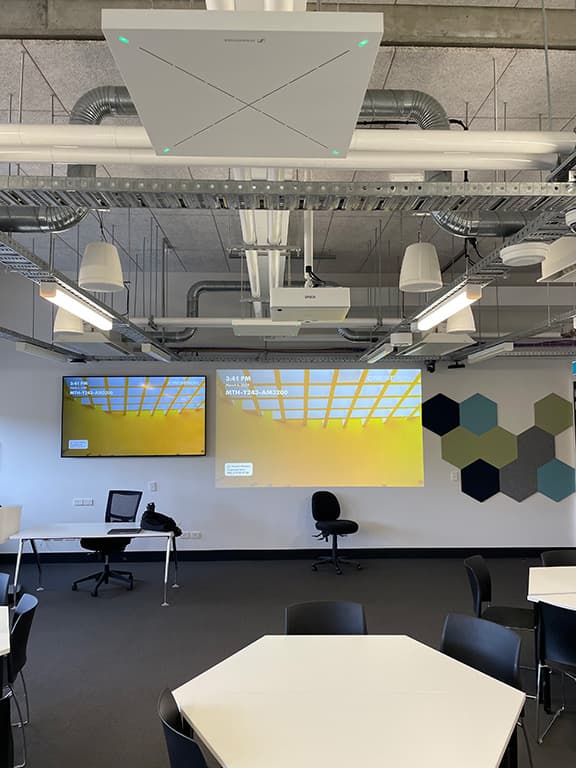

RIGHT TOOLS. CHOOSE WISELY
To enable this vision, Federation University needed AV components that would consistently deliver. That’s why Suyan and his team leaned heavily into Crestron for AV control. But as he points out, success was about more than brand loyalty. “If the programming isn’t up to par, you’ll run into issues,” he states. Consistent, reliable control coding became the backbone of the university’s AV strategy.
Beyond that, Suyan was careful not to fall into the trap of hardware churn for the sake of it. “Some approaches would look at a room and decide it’s no longer viable because it’s been in use for five years. I don’t take that approach,” he asserts. Instead, Suyan’s team focuses on optimising performance rather than endlessly replacing components. “If a system’s been installed with specific components that are still viable, I won’t swap them out without a good reason.”
Apart from Crestron control and NVX network-based media transport, the Fed Uni technology platform is based on Sennheiser TeamConnect Ceiling 2 microphone ceiling providing audio for the far end, Q-SYS audio DSP, PTZ cameras, QSC pendant loudspeakers, and Epson projection for a maximally large image in the space.
REALISING THE HYBRID DREAM
By early 2020, Suyan’s vision for a connected campus was moving from theory to practice. Using cloud-based solutions and automating core functionalities, the AV team crafted an intuitive, user-centred experience. “We started with small tests – one camera, one microphone – seeing how we could automate things like auto-tracking and audio clarity,” Suyan explains. These experiments laid the foundation for the university’s hybrid learning environment, where “the system is mostly hands-free, with minimal setup needed by the user.”
This focus on usability and automation allowed Federation University to establish a hybrid classroom model that didn’t overwhelm users with complex interfaces. Suyan notes: “The visual and audio quality, along with the simplicity, make it engaging and intuitive. Users just walk in, and the room is ready.”
PAIN POINT. SINGLE PANE
One of the most transformative elements of the project was the shift to remote monitoring and management. Before Suyan joined, the AV team had no way to oversee the hardware from a central location. By implementing remote management tools and strategically placed IP cameras, Suyan’s team gained visibility across all classrooms, including older setups.
“By enabling remote access, we can see if a room has issues first thing in the morning instead of waiting for calls. It’s proactive,” he explains. This change enabled the team to tackle issues before they impacted users, reducing downtime and increasing classroom availability.
“”
It’s crucial to standardise first. Future-proofing is essential.
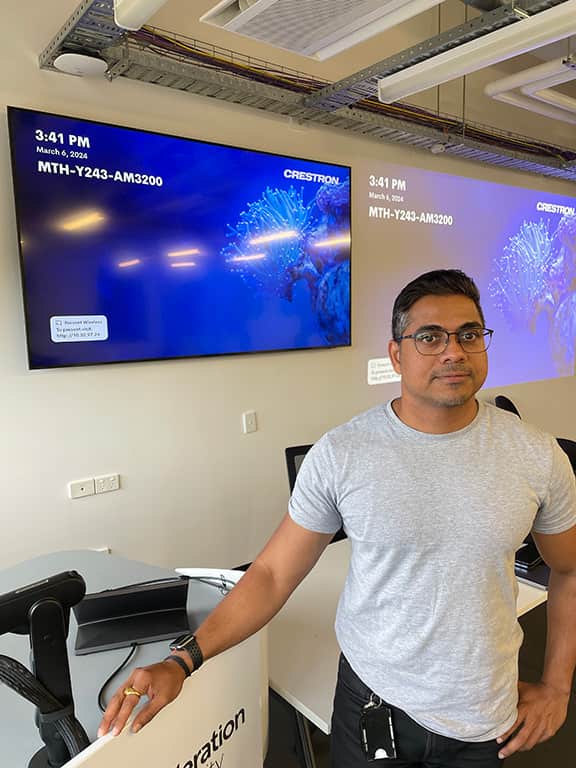
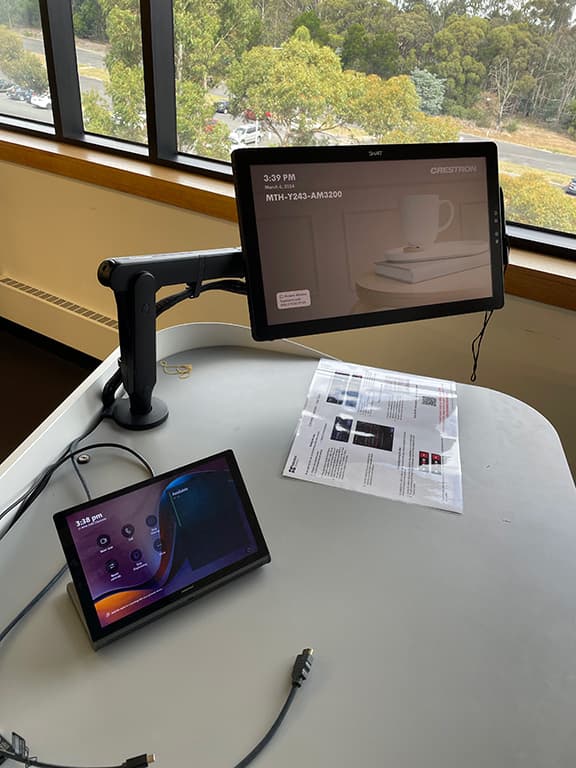
QUIETLY EFFICIENT
Today, Federation University’s AV network runs with a level of consistency that Suyan himself sometimes finds surprising. What began as a patchwork of legacy and incompatible systems is now a robust AV network where most classrooms can be refitted with new AV components in what Suyan calls a ‘cookie-cutter’ process – nothing pejorative about the term in this case. The systems are now so standardised that updating the software, testing, and verifying changes can be completed within one or two days for each room.
Looking back, Suyan notes that the project’s success was about taking control over every part of the AV ecosystem – from standardising equipment to rethinking the approach to repairs. “If a component is unreliable, we risk constantly troubleshooting it, which drains resources. Rather than just closing issues temporarily, we’ve focused on preventing reoccurrences.”
LESSONS IN FUTURE PROOFING
For Suyan, the journey at Federation University illustrates the power of foresight and consistency in building a scalable AV solution. The hybrid classrooms are now a blueprint for connected learning, with systems that are not only reliable but also primed for future tech advances, like 21:9 displays and new Teams integrations.
“Some are already on a similar path,” Suyan says when asked about his counterparts at other institutions. For those starting out, his advice is simple: “It’s crucial to standardise first. Future-proofing is essential.” And with the foundational work in place, Federation University’s classrooms are ready for whatever comes next in the evolving landscape of connected learning.
In Suyan’s words: “We’re not just solving customer-side issues; we treat our service desk and on-site teams as customers as well. Efficiency through remote management – that’s our approach.” And in Federation University’s classrooms, that approach is delivering a connected experience that just works.
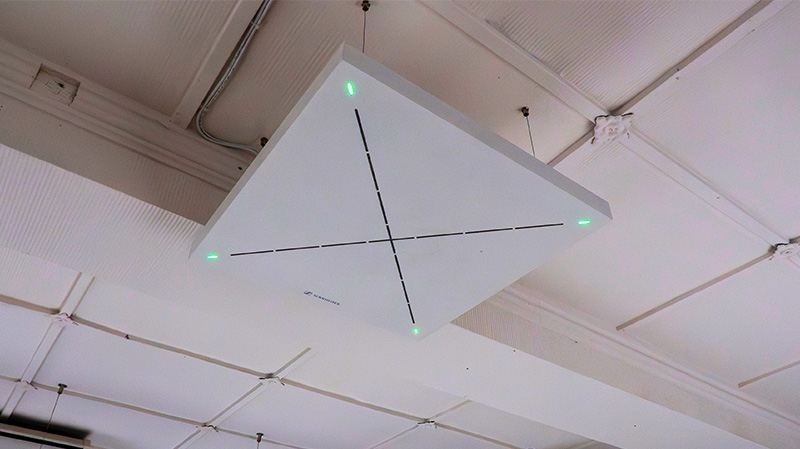
GETTING THE AUDIO RIGHT
One of the key pillars of the Connected Classroom technologies is Sennheiser’s TeamConnect Ceiling 2 microphones. Amit Suyan, Team Leader at Federation University, explained the primary driver behind the decision: “We needed a solution that could deliver clear and reliable audio for both in-room and remote participants without requiring constant user intervention. Simplicity and stability were critical.”
The audio challenges presented by hybrid classrooms stemmed from the dual need to provide local voice lift and ensure high-quality remote audio transmission. Suyan detailed some of the key design requirements: “It was essential that academics could walk into the room and begin teaching with minimal setup. The system needed to function seamlessly, much like plugging in a laptop at home.”
The university tested various microphone solutions but selected the TCC 2 due to its technical versatility and ease of integration. Each Connected Classroom is equipped with two ceiling microphone arrays: one dedicated to the presenter area and another covering the audience. “The separation ensures precise audio tracking and a more natural sound environment for all participants,” noted Suyan.
The integration of the TCC 2 with Federation University’s existing infrastructure was a priority. The microphones work in conjunction with Q-SYS DSP systems, enabling features such as automatic audio tracking. Suyan highlighted this functionality: “The TCC 2 integrates well with our DSP, allowing for audio-based auto-tracking, which improves the remote participant’s experience significantly.”
Ease of deployment has been another advantage. Suyan reported that, having installed over 45 Connected Classrooms, the university’s technical team can now commission a room in less than two days. “The efficiency of the TCC 2 system, combined with its robust design, has streamlined our roll-out process considerably,” he said.
Reliability has also been a strong point. “Once installed, the TCC 2 has required minimal maintenance,” Suyan confirmed. “We’ve not experienced any significant issues, and the feedback from staff and students has been positive. The microphones are practically invisible to users but deliver consistent performance.”
When asked about advice for other institutions considering similar deployments, Suyan emphasised the importance of prototyping and understanding user requirements. “Designing for the end user is critical. A complex system that’s easy to use will always be more effective than a simple system that’s difficult to operate,” he stated.

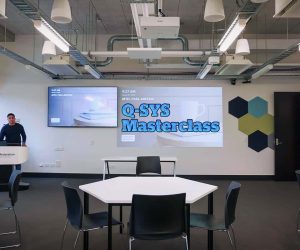
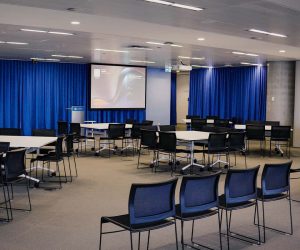
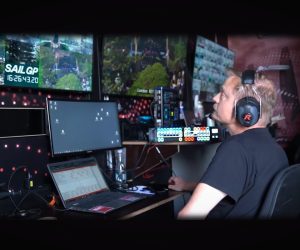



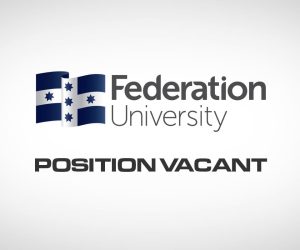





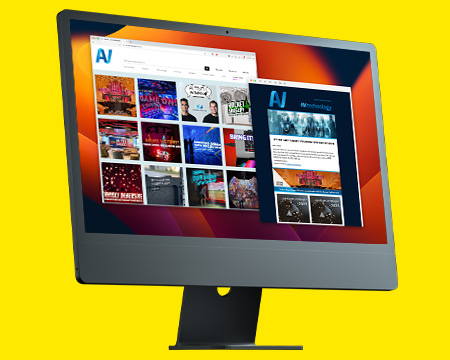

RESPONSES